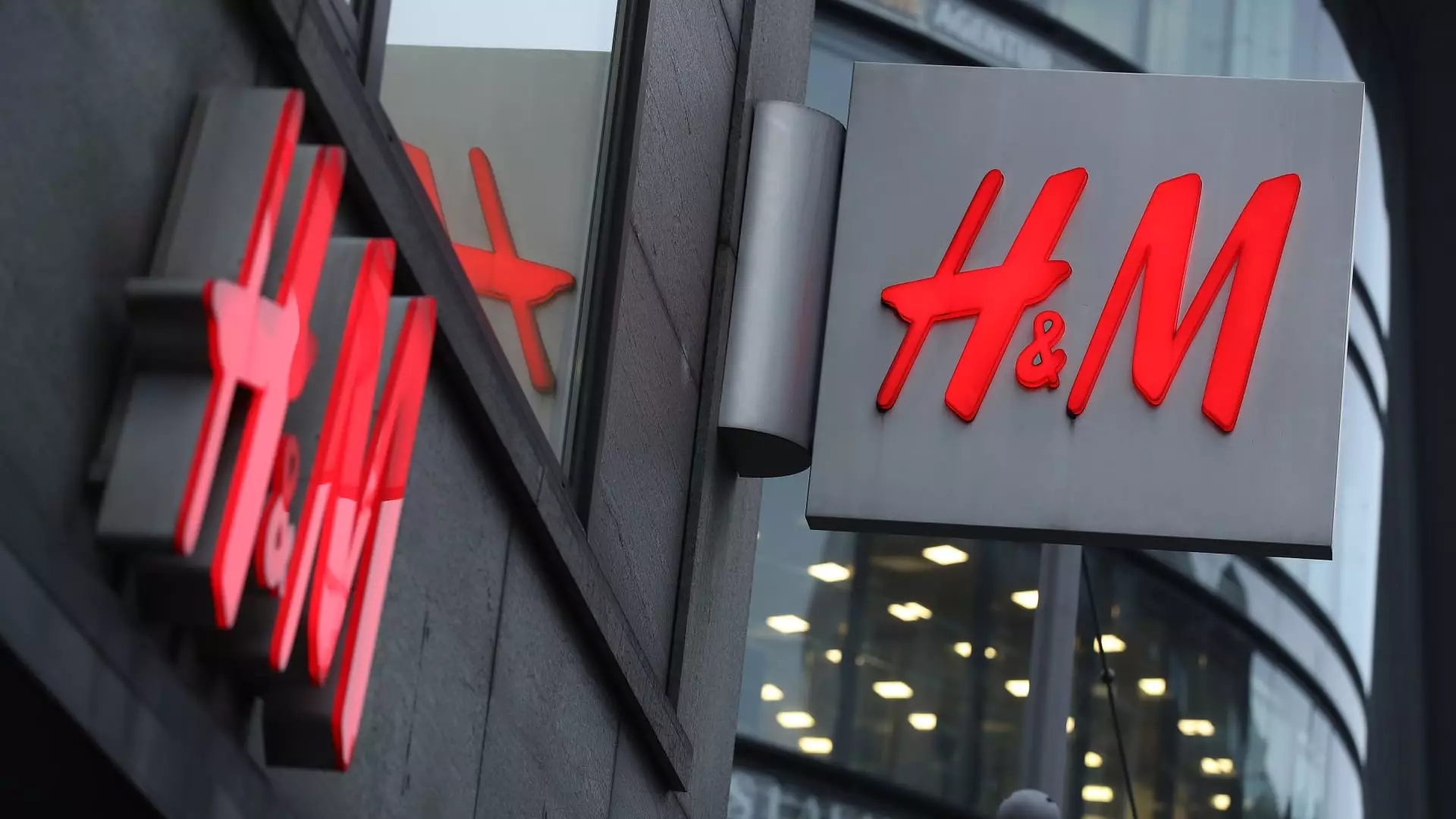H&M, the globally recognized Swedish fashion retailer, recently witnessed a steep decline in its stock performance, plummeting nearly 8% after announcing disappointing quarterly results. In the third quarter of its fiscal year, the retailer reported an operating profit of 3.51 billion Swedish crowns (approximately $345.8 million), a stark decrease from 4.74 billion Swedish crowns in the same quarter last year. Market analysts had anticipated a better performance, predicting an operating profit of 4.93 billion crowns. The unexpected drop in profits has raised eyebrows and concerns among stakeholders, reflecting an increasingly volatile market landscape for fashion retail.
In addition to the profit miss, H&M has notably withdrawn its earnings margin target for 2024, a decision indicative of the tough market conditions that have been plaguing the company. CEO Daniel Ervér has found himself under intensified scrutiny, particularly given that he has only been at the helm for eight months. Upon taking over from predecessor Helena Helmersson, Ervér promised to deliver “unbeatable value for our customers and profitable growth.” Unfortunately, the burgeoning challenges—ranging from rising living costs, unpredictable climate-related shifts in consumer behavior, and a diminished post-pandemic buying spree—have culminated in a significant toll on H&M’s operational efficiency and market relevance.
H&M’s plight is not merely a result of internal misalignment but also an outgrowth of fierce competition. Rivals like Inditex, which owns Zara, and the fast-fashion giant Shein are exerting considerable pressure on H&M’s market share. The landscape is becoming increasingly unforgiving for retailers who rely on traditional marketing and sales strategies. As H&M grapples with external pressures on sales revenue and escalating purchasing costs, CEO Ervér has adjusted the company’s operational margin forecast to below 10% for this year. The uncertainty surrounding future earnings is likely to dampen investor sentiment further.
Despite the discouraging news, Ervér remains optimistic about H&M’s strategic plan to enhance both sales and profitability going forward. Analysts at UBS have identified critical components within H&M’s recent performance metrics, including notable sales in local currencies, although this was offset by a rise in markdown costs. H&M’s strategy to decrease its net store count may also reflect a conscious pivot towards a more streamlined operational model. This move indicates the retailer’s recognition of the need to adapt swiftly to the changing dynamics of retail preferences.
While H&M battles through a challenging economic environment marked by fluctuating consumer trends and sharp competition, its ability to innovate and recalibrate its strategies will determine its long-term viability. Investors and industry watchers alike will keenly observe H&M’s next moves, eager to see if the company can indeed find a path to recovery in a challenging retail landscape.

